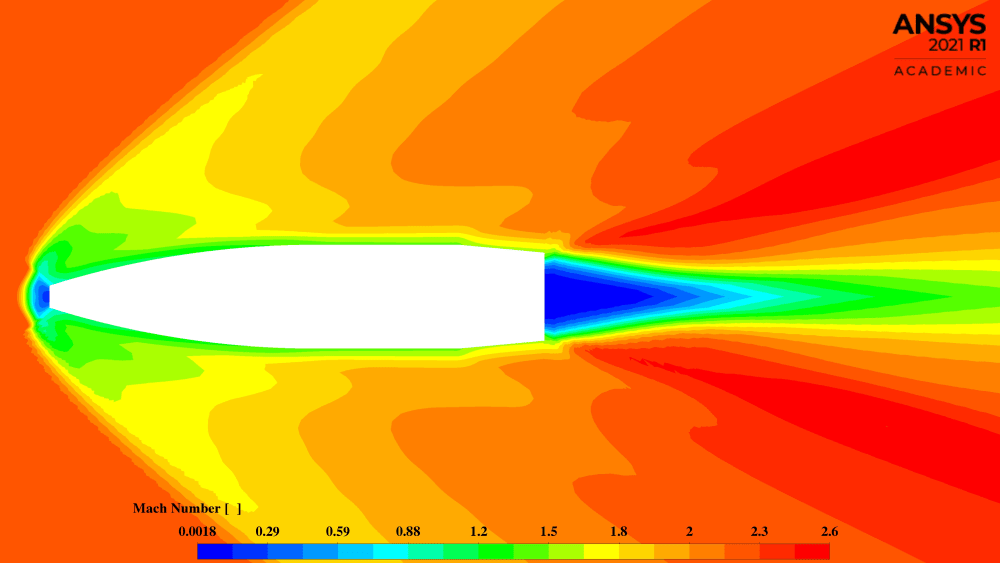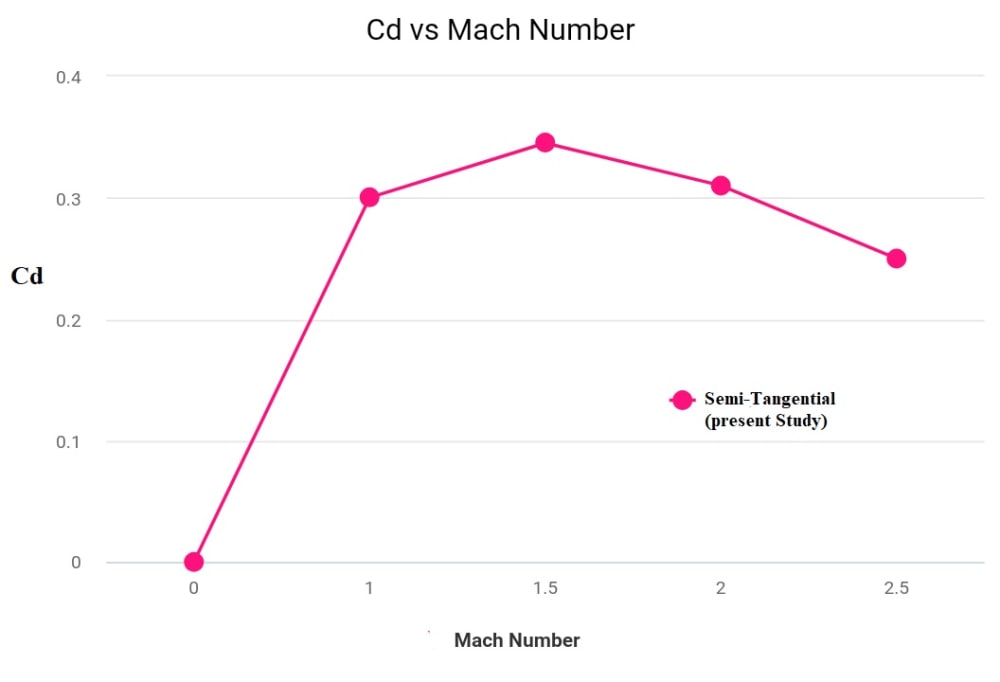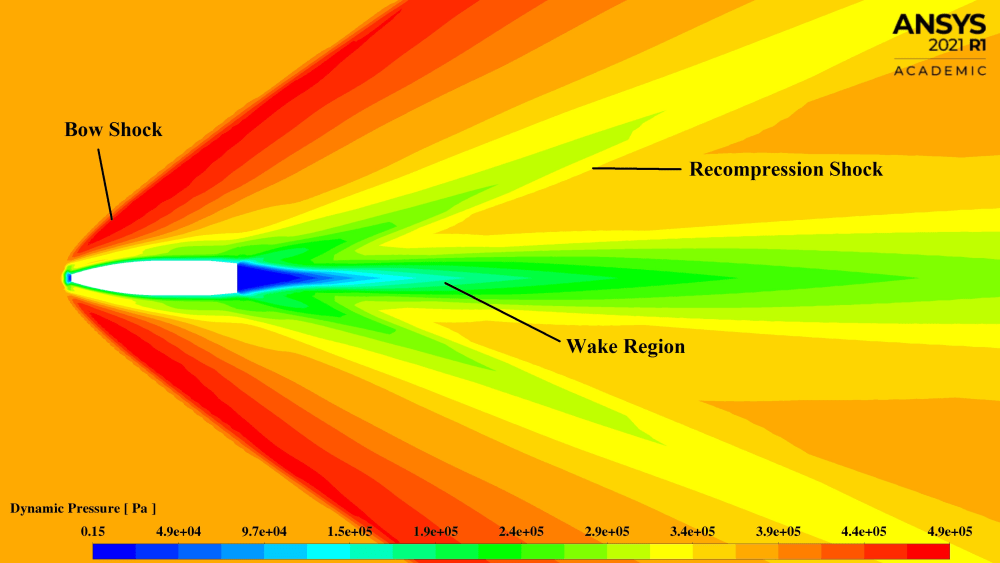The objective of this research is to design and analyze a semi-tangential ogive bullet using computer-aided design & Computational Fluid Dynamics. There has been a quite steady increase in the research of bullet design in the past few decades. The design of the nose is the most important part of the design of a ballistic bullet. The best bullet design optimizations are achieved by adjusting the bullet's form to improve precision and stability by reducing drag force. Computational Fluid Dynamics is the mechanism used to verify the findings since it offers the most accurate results. It is observed that present study done provide more improvement in the behavior of the bullet in the air at its maximum traveling velocity (2.5 Mach). This work shows the flow of air around the bullet surface creating pressure & velocity contours of the bullet at every segment. Various parameters such as aerodynamics drag, ballistic coefficient, and turbulence for this design are found, and the data are mentioned.
In terms of shock detachment, structural heating can be reduced if more of the heat can be shifted outside the boundary layer. Since the attached shockwave is away from the boundary layer, where else in the case of the parabolic nose, the attached shockwave is close to the boundary layer in Fig 4, which intern increases the heat of the structure. Where else in semi- tangential bullet shape the generated attached shockwave does not interfere with the boundary layer as it has been deflected away from the boundary layer, so structural heating is reduced. Formation of shockwave is along direction of bullet flow, so flow of bullet is not affected.
The coefficient of drag of present design is around 0.345 where existing ogive bullet drag is in the range of 0.35 to 0.4, Due to design augmentation Cd is reduced significantly.
Like this entry?
-
About the Entrant
- Name:Avinash T
- Type of entry:individual
- Software used for this entry:ANSYS/CAD
- Patent status:none








